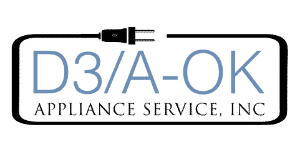
If your refrigerator is making noise, it is most likely due to a fault with either the evaporator, condenser, compressor, or water inlet valve. Before checking these parts, make sure the noise is not caused by a piece of ice breaking off, items inside the refrigerator bumping together, the refrigerator being too close to a wall or cabinet, or a loose drain pan. To troubleshoot the most likely causes of refrigerator noise, follow the steps below.
1. The Evaporator Fan
When working correctly, the evaporator fan blows air across the evaporator coils and circulates cool air throughout the refrigerator. The evaporator fan is usually located at the rear of the refrigerator or freezer compartment. The fan is usually visible and can be accessed by removing a cover or access panel inside the refrigerator or freezer. Take care when accessing the evaporator fan, as it may be connected to a thermistor.
Follow these steps to check the evaporator fan blade:
- Listen to see if the noise is caused by the evaporator fan.
- Disconnect the power to the refrigerator.
- Locate and access the evaporator fan blade.
- Check the fan blade for damage or if it is being obstructed and cannot turn freely.
If the evaporator fan blade is defective and causing noise, remove the fan blade and replace it with a new one.
2. The Evaporator Motor
A defective evaporator motor can create considerable noise. The most likely cause of a defective evaporator motor is damage caused by the cold temperatures and moisture, which can damage the motor’s bearings.
The most common noise associated with a deteriorating evaporator motor is a squeaking noise coming from its location. Temperature fluctuations, not cooling, or ice taking too long to freeze are also symptoms of a defective evaporator.
The evaporator motor is usually located in the freezer compartment but can also be found inside the refrigerator compartment or in both compartments. If the motor is making unusual, loud noise, it will likely need to be replaced with a new one.
Follow these steps to check the evaporator motor:
- Disconnect the power to the refrigerator.
- Locate the evaporator motor and remove its access panel.
- Examine the motor for signs of damage and wear and tear.
- Try to turn the motor shaft manually. If it is difficult to turn, it will likely need to be replaced.
Sometimes, the evaporator motor may make unusual noises because of ice buildup on the motor. If there is significant ice buildup, try defrosting the compartment to fix the problem before replacing the motor.
3. Evaporator Grommet
The evaporator grommet is a small part that comes in various colors and is located on the evaporator fan assembly. When working correctly, the grommet isolates the motor from the mounting bracket and reduces vibration noise.
Over time, the grommet can wear, become detached, and fail to do its job properly. A faulty grommet will cause excessive vibration and noise. If the grommet is defective, replacing it should fix the noise issue. To access and check the grommet, follow the evaporator instructions above. Make sure to disconnect the power to the refrigerator before accessing the grommet.
4. The Condenser Fan
Most refrigerators have a condenser fan that uses outside air to cool the condenser coils and the compressor. The condenser fan is usually accessed through the refrigerator’s rear access panel, behind the refrigerator. Like the evaporator fan, if the blades are obstructed, dirty, or damaged, it can cause excessive refrigerator noise.
Once you have accessed the condenser fan, it should be cleaned and checked for obstructions or damage. If the blade is damaged, it is usually easy to pull the blade off and replace it with a new one. The grommet should also be checked and replaced if defective.
Follow these instructions to check the condenser fan blade:
- Disconnect the refrigerator from the power source.
- If the refrigerator has a water line, usually for an ice maker, the water supply line may need to be disconnected and turned off to access the rear access panel.
- Unscrew the rear access panel and locate the condenser fan.
- Check the blade for damage. If the blade is damaged, it will need to be replaced.
- Rotate the fan blade. If it cannot turn freely, the motor is likely defective and will need to be replaced.
- If the blade rotates, check that it is not scraping against a panel or bracket.
- Check the fan motor grommet for signs of wear and tear. Replace a worn-out grommet.
If the fan blade is not defective, check that the condenser fan motor is working properly.
5. Condenser Fan Motor
Over time, the bearings inside the condenser fan motor may wear out and cause the refrigerator to make a loud, grinding sound. To determine if the condenser fan motor is responsible for the noise, it will need to be accessed by following the condenser fan instructions above. If the noise is coming from the condenser motor or the blade is not turning properly because of a defective motor, the condenser motor will need to be replaced to fix the issue.
6. The Compressor
The compressor is typically located at the back of the refrigerator, behind the rear access panel. The refrigerator’s compressor pumps refrigerant through the condenser and evaporator coils. A problem with the compressor may make a single loud knocking sound as it begins to pump refrigerant and then sometimes again when it shuts off. However, if the compressor is failing, you should also notice it become louder when it is operating.
While a noisy compressor means that it is failing, compressors can last for years after they become noisy. It is often more cost-effective to buy a new refrigerator rather than a new compressor.
Checking and replacing the compressor is best left to a trained technician, as it can be a complex and dangerous procedure.
7. The Water Inlet Valve
If your refrigerator has a built-in ice maker, the water inlet valve that controls the water supply to the ice maker can sometimes wear out and cause abnormal refrigerator noise. A malfunctioning water inlet valve will typically make a buzzing or strange humming sound when the ice maker is filling.
The water inlet valve is usually located behind the rear access panel behind the refrigerator. It is recommended that a faulty water inlet valve be replaced, as it is difficult to repair and will likely fail again if not replaced with a new one.

Why Is My Microwave Sparking?
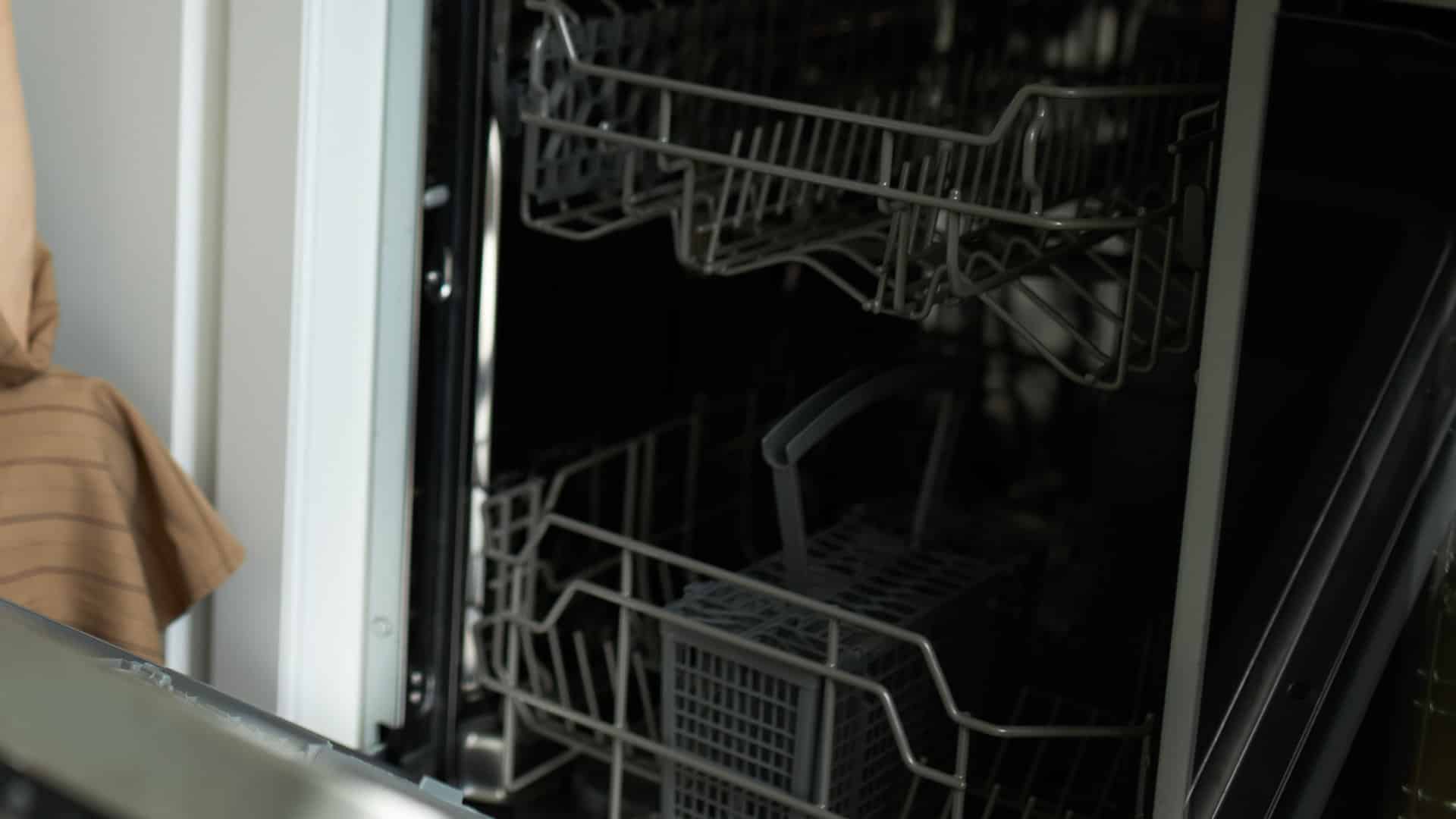
Understanding Frigidaire Dishwasher Error Codes
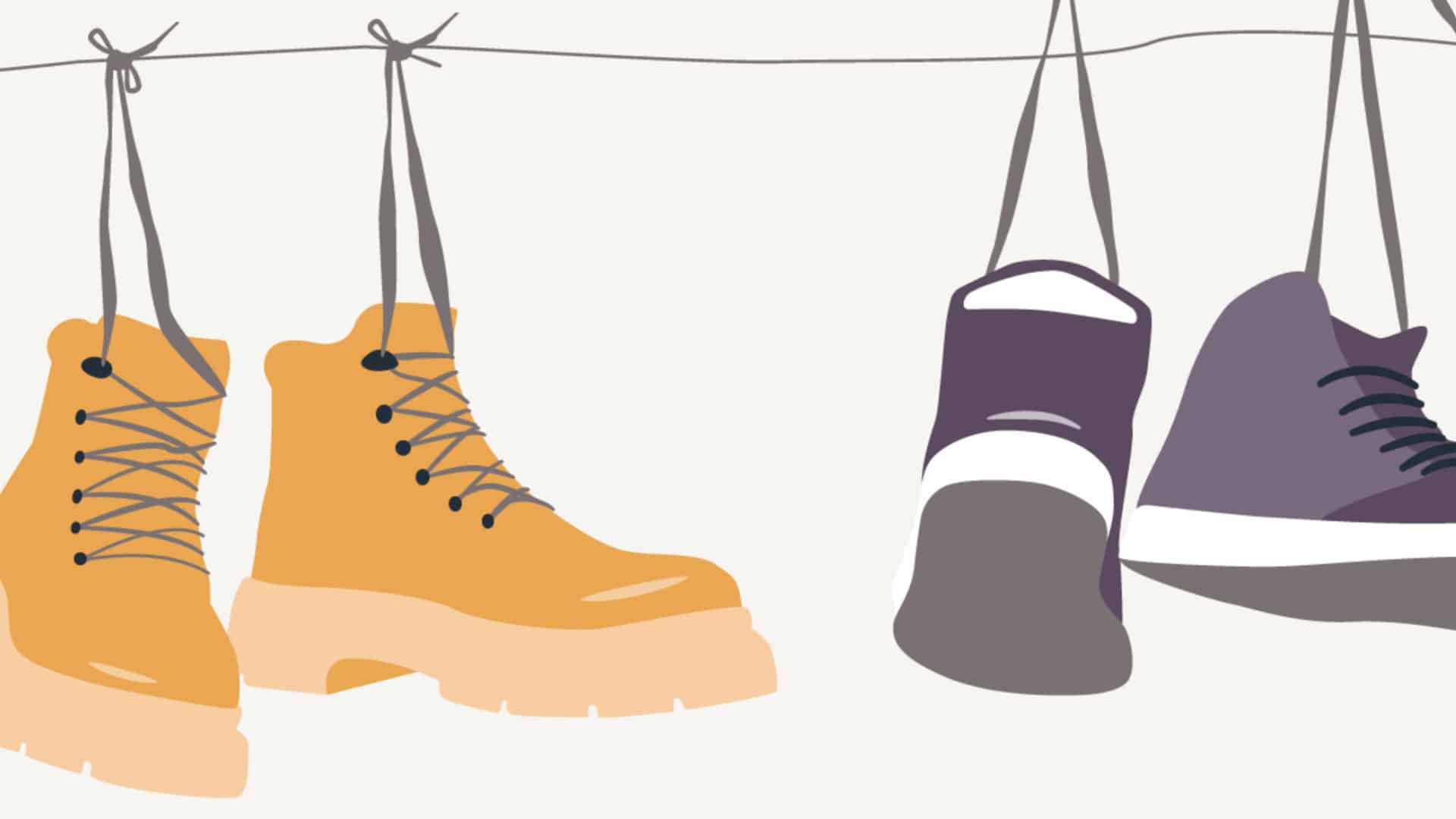
How to Dry Shoes in Dryer Without Damaging Them

Why Is My Dishwasher Leaking?

How to Solve Electrolux Dryer Error Code E64
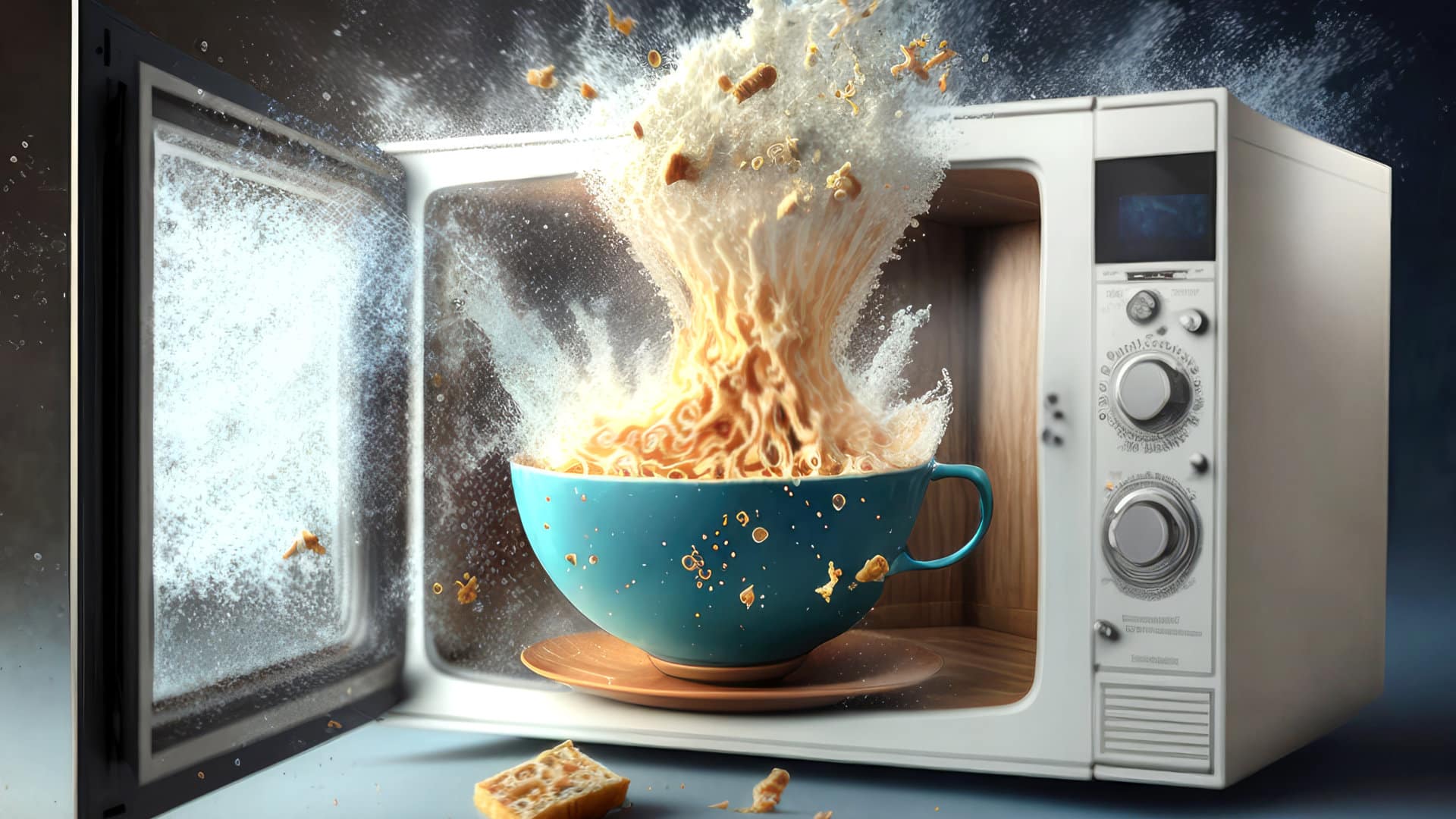
Microwave Light Won’t Turn Off? Here’s Why

GE Oven F9 Error Code: How to Fix It

How to Use a Self-Cleaning Oven (In 4 Steps)

How To Use a Maytag Top-Load Washing Machine
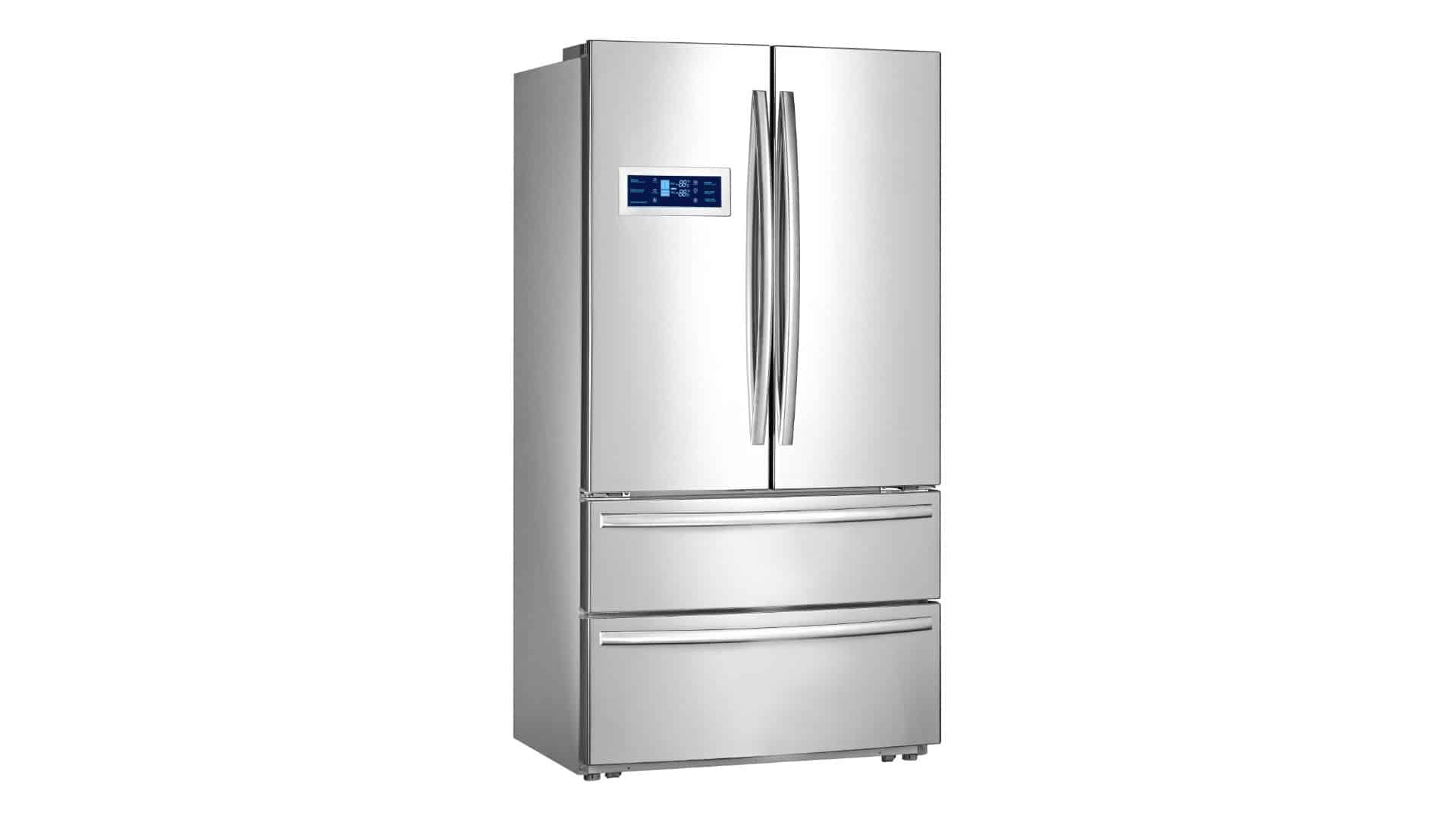
What to Do If Your Samsung Ice Maker Is Not Making Ice

How to Fix a Microwave Turntable That’s Not Turning

How to Wash Pillows in a Washing Machine

How to Fix an Ice Maker That Isn’t Working
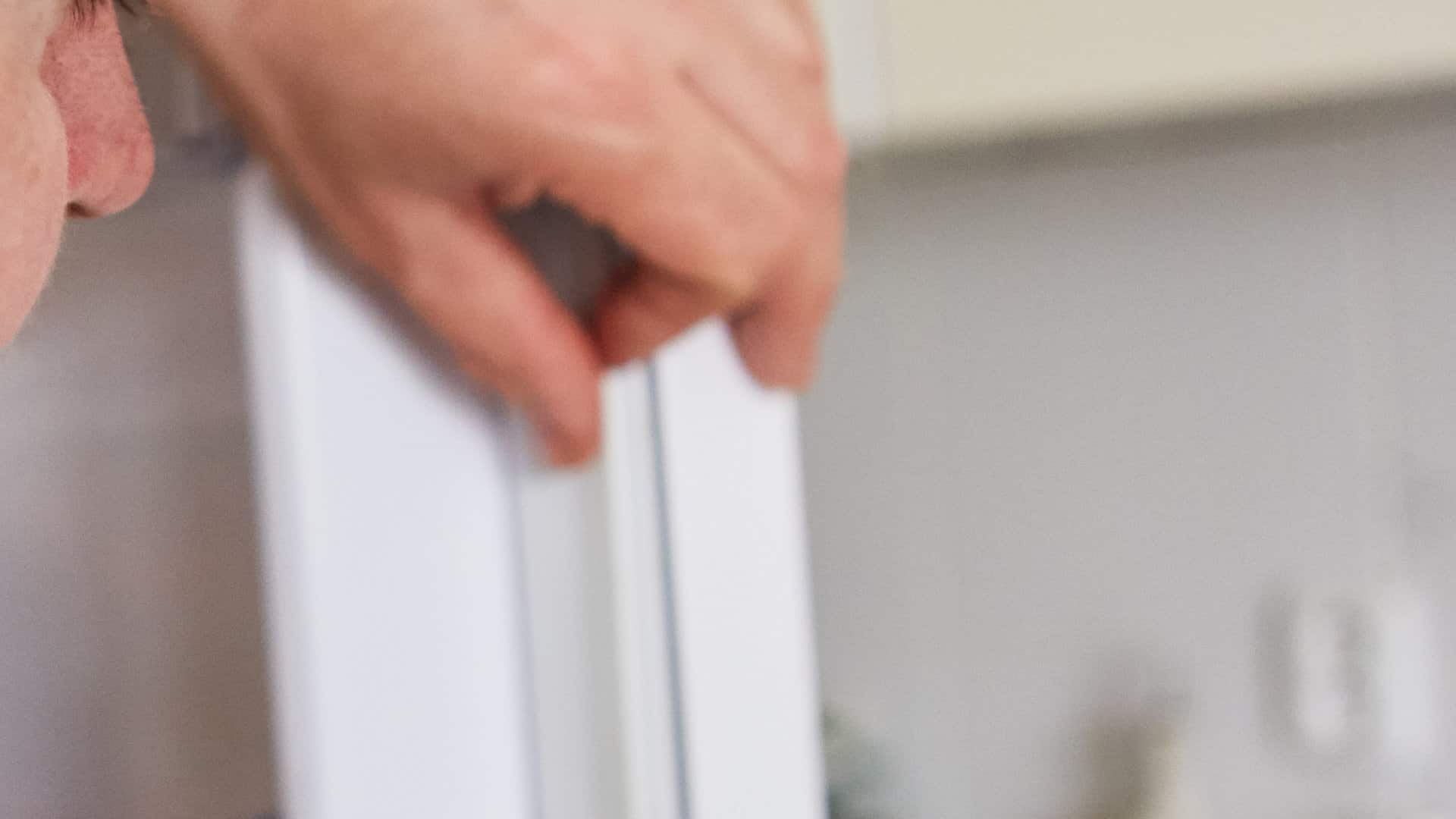
Broken Refrigerator Door Seal? How To Fix It

